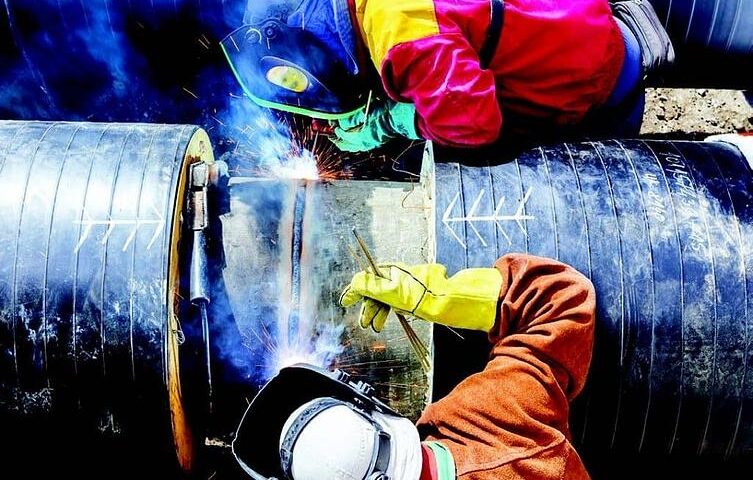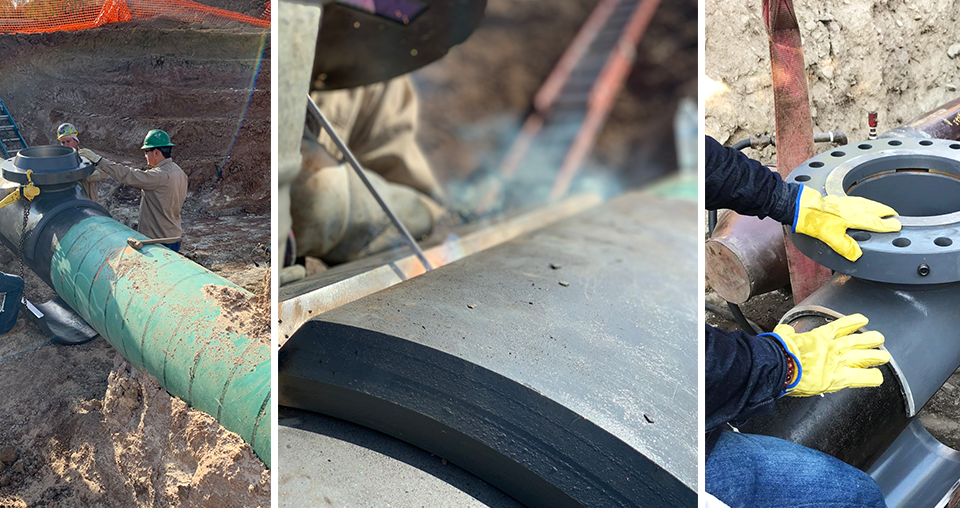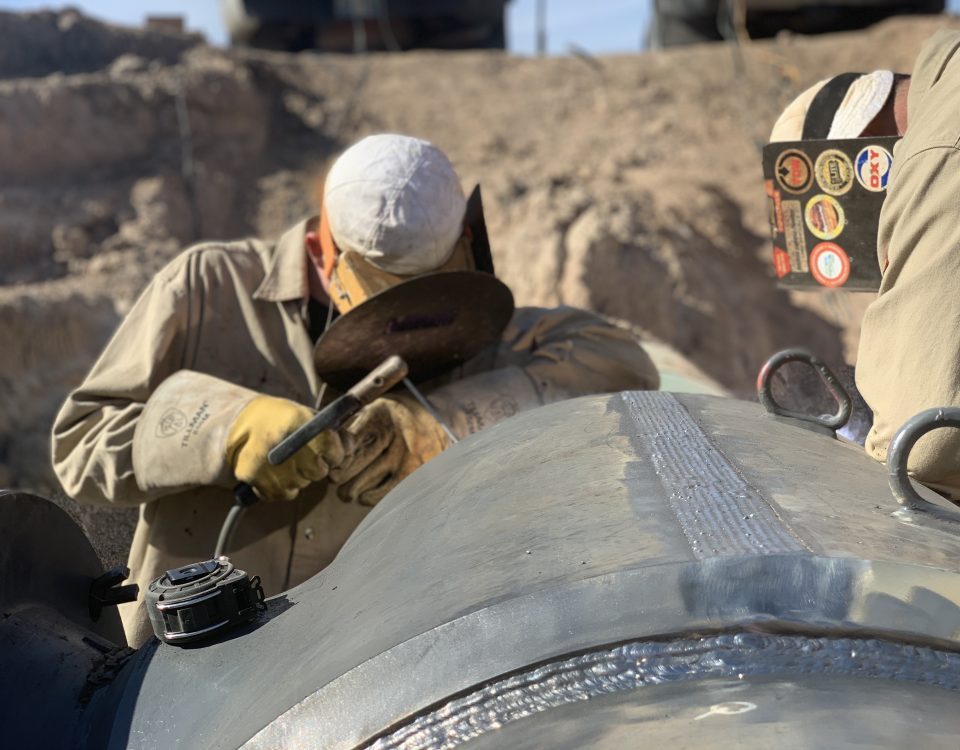5 Reasons Why Pipelines Rupture

 Photo credit: Envirotec Magazine
Photo credit: Envirotec Magazine Despite the natural gas industry being heavily regulated by ASME, ASTM & DOT, pipeline failures still occur. While certain factors contributing to pipeline failure are inevitable, those of us working in this industry can do our part to reduce these failures by practicing a lesson learned exercise that is both used and shared with the pipeline community. To that effort, based on reports published by The National Transportation Safety Board of the Department of Transportation in the USA and other reported incidents, here are the 5 most common causes of pipeline ruptures:
Weather and Climate Conditions: Ambient temperature often impacts the performance of pipeline systems. These pipeline systems transporting extremely hot fluids/gases in very cold climates face the risk of fractures and bursts, which is why the design must consider appropriate thermal insulation to protect against outside weather and moisture intrusion.
Corrosion: Poorly coated or unprotected pipelines corrode and deteriorate, making corrosion one of the biggest causes of pipeline failure. Effective design and installation of the pipelines, along with choosing the correct material can manage the effects of corrosion.
Cracks: Small cracks that are almost invisible are a cause of future pipe bursts. Therefore, pipelines should be inspected for cracks, right from the manufacturing stage to the initial installation, while also keeping a close eye during routine maintenance inspections. Neglecting a small crack can lead to expensive and inconvenience situations causing major repairs and damages.
Improper Installation: Pipelines must be properly installed by trained and skilled technicians in order to work effectively and safely. Improper installation, including poor welding, can result in problems that lead to pipeline failures.
Lack of Maintenance: Regular inspections and maintenance schedules are key to avoid pipeline failures and disasters. Since pipelines deteriorate with age and are exposed to various external elements, it is vital for these structures to be regularly inspected, repaired and sometimes replaced. In many cases, the root cause of a pipeline explosion can be traced to lapses in maintenance, either because of negligence or because of willful failure to adhere to a regular maintenance schedule.
How can Uni-Forge help?
The Uni-Forge team understands that our contribution to the important task of mitigating risks in order to manage the pipeline's integrity begins with manufacturing processes that meticulously maintain industry standards. Our pipeline fittings are test certified by Bureau Veritas North America to ensure the safety and strength of our designs.
Count on Uni-Forge line stop and hot tap fittings, saddles, repair clamps, repair sleeves, and special fittings to keep your operations safe and running.
Call us at +1 713 937 6193 or email info@uni-forge.com for more information on how Uni-Forge's pipeline fittings can help maintain your pipeline's integrity.




